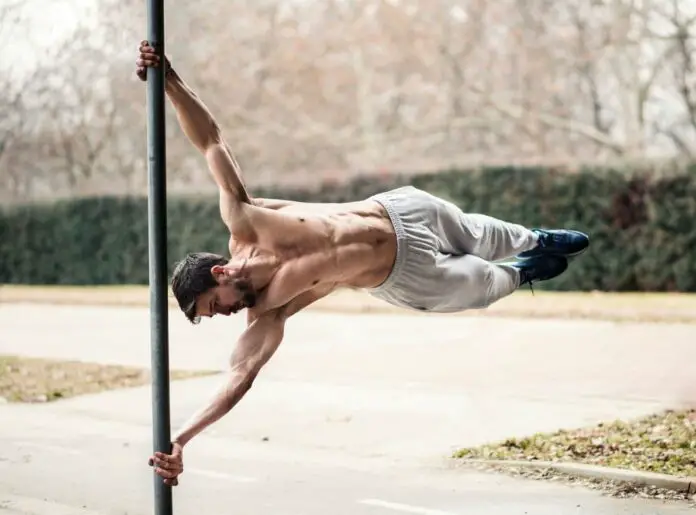Women suffer from inequality and lack of parity. In sport as in the rest. What about men?
The Olympic Games are a universal festival, where cultures, ethnic groups, and all disciplines mix together and exalt each other. At a time when the Games are hotly debated, because those of Paris are approaching and those of 2020 have finally taken place this year, a booster shot is in order. Sporting equality between men and women has not yet been achieved. Neither during the Olympics nor outside. If a previous article on the subject of injustices against women in sport has already appeared, it is also true that men also suffer injustices.
Do sports have a gender?
Culturally and historically, sports are gendered. Some sports are masculine, others feminine. A societal construction that more and more athletes, members of the governance of sports institutions, journalists seek to denounce and banish. For what ? Because if the distinction stopped only there, perhaps the consequences of this separation would not pose such a problem. However, the implications of this distinction are deleterious at all levels:
- girls , although attracted by a male sport, feel less inclined to practice because of the injunctions of society that they have felt since their earliest childhood;
- unequal salaries between athletes;
- the under-representation of sports (male or mixed) in the media when it comes to sportswomen;
- more funding for male athletes;
- injustices at the level of federations or national or international competitions (inequalities still present at the Olympic Games, which tend to disappear but equality has not yet been achieved at 100%), etc.
“Masculine” sports, generally aggressive sports , aggressiveness being associated with masculinity, are considered more prestigious than so-called feminine sports and also more publicized (football, rugby at the top of the list).
In the practice of gymnastics, dance and skating in class, there is an overrepresentation of women among members and practitioners.
For a long time, the sexuality of athletes entered into debates and discussions when the subject had no connection. Just as footballers were considered lesbians at one time, dancers (mainly classical) were necessarily homosexual… The confusion between practiced activity, behavior and sexuality is, unfortunately, still a reality today and continues to do damage .
Gymnastics, a graceful or athletic sport?
Both of course understood, however, it is a discipline that more or less unwittingly differentiates the men and women who practice it.
First, girls and boys learn the basics which are taught the same to both. But very (very) quickly, around the age of five, the two categories of children may be separated according to their gender.
The talent and techniques of a gymnast are the same regardless of gender. But in fact, the two performances are different. Male gymnasts and female gymnasts sharing only two practices: floor and vault.
Gymnastics on the women’s side demonstrates qualities of flexibility, of grace for these gymnasts who wear sequins that shine. For men, the events test and demonstrate the strength of the biceps , the power of the gymnast, its solidity.
The competition between female gymnasts is played on the vault, the uneven bars, the balance beam and the floor, i.e. four apparatus . Men compete on six apparatus : floor, pommel horse, rings, vault, parallel bars and high bar.
No one in this milieu has sought to upset this status quo. Some voices have been heard about floor gymnastics for men, to include music as for women . But critics of this change claim that the discipline would then lose its masculinity…
The disciplines most recently added to the Olympics all include competitions between men and competitions between women. This has been a requirement since 1991. There are also more mixed events (18), including relay in athletics, triathlon and swimming, but also judo, archery, shooting and double tennis table. Parity in both directions takes time, too much time, but we are getting there little by little.



